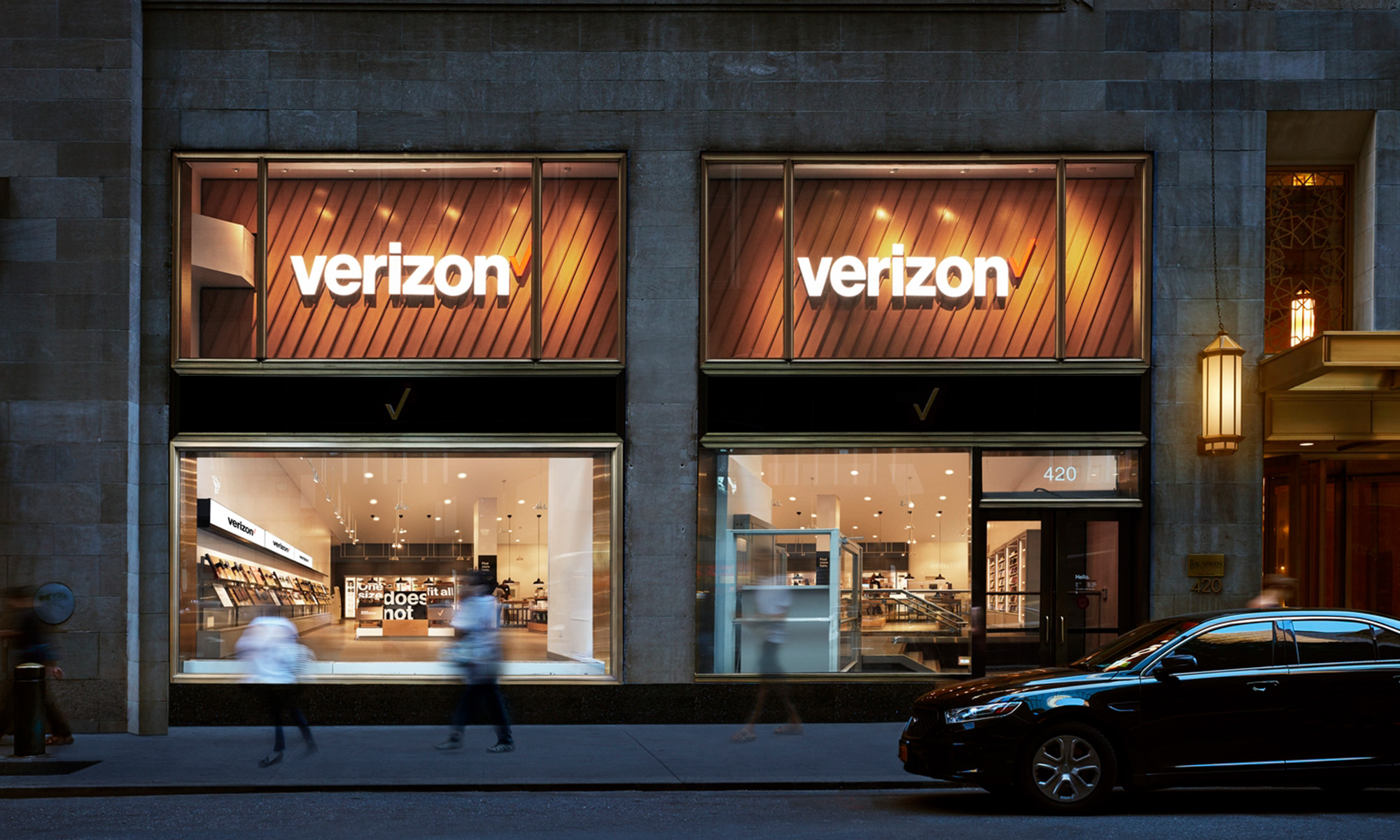Numbers can lie -- but they're the best first step in determining whether a stock is a buy. In this series, we use some carefully chosen metrics to size up a stock's true value based on the following clues:
- The current price multiples.
- The consistency of past earnings and cash flow.
- How much growth we can expect.
Let's see what those numbers can tell us about how expensive or cheap Verizon (NYSE: VZ) might be.
The current price multiples
First, we'll look at most investors' favorite metric: the P/E ratio. It divides the company's share price by its earnings per share (EPS) -- the lower, the better.
Then, we'll take things up a notch with a more advanced metric: enterprise value to unlevered free cash flow. This divides the company's enterprise value (basically, its market cap plus its debt, minus its cash) by its unlevered free cash flow (its free cash flow, adding back the interest payments on its debt). Like the P/E, the lower this number is, the better.
Analysts argue about which is more important -- earnings or cash flow. Who cares? A good buy ideally has low multiples on both.
Verizon has a P/E ratio of 16.0 and an EV/FCF ratio of 15.1 over the trailing 12 months. If we stretch and compare current valuations to the five-year averages for earnings and free cash flow, Verizon has a P/E ratio of 20.0 and a five-year EV/FCF ratio of 15.4.
A positive one-year ratio under 10 for both metrics is ideal. For a five-year metric, under 20 is ideal. However, Verizon's free cash flow totals are generally overstated as explained in this article by Stephen Marini.
That said, let's see how it compares against some competitors and industry mates.
|
Company |
1-Year P/E |
1-Year EV/FCF |
5-Year P/E |
5-Year EV/FCF |
|---|---|---|---|---|
| Verizon | 16.0 | 15.1 | 20.0 | 15.4 |
| AT&T (NYSE: T) | 8.2 | 14.1 | 12.3 | 13.9 |
| Sprint Nextel (NYSE: S) | NM | 9.2 | NM | 7.3 |
| Frontier Communications (NYSE: FTR) | 45.0 | 11.5 | 38.3 | 18.4 |
Source: Capital IQ, a division of Standard & Poor's; NM = not meaningful.
Numerically, we've seen Verizon's valuation rates on both an absolute and relative basis. Next, let's examine ...
The consistency of past earnings and cash flow
An ideal company will be consistently strong in its earnings and cash flow generation.
In the past five years, Verizon's net income margin has ranged from 0.9% to 6.7%. In that same time frame, unlevered free cash flow margin has ranged from 8.3% to 17.9%.
How do those figures compare with those of the company's peers? See for yourself:
Source: Capital IQ, a division of Standard & Poor's; margin ranges are combined.
Additionally, over the last five years, Verizon has tallied up 5 years of positive earnings and 5 years of positive free cash flow.
Next, let's figure out ...
How much growth we can expect
Analysts tend to comically overstate their five-year growth estimates. If you accept them at face value, you will overpay for stocks. But while you should definitely take the analysts' prognostications with a grain of salt, they can still provide a useful starting point when compared to similar numbers from a company's closest rivals.
Let's start by seeing what this company's done over the past five years. In that time period, Verizon has put up past EPS growth rates of 5.7%. Meanwhile, Wall Street's analysts expect future growth rates of 9%.
Here's how Verizon compares to its peers for trailing five-year growth:
Source: Capital IQ, a division of Standard & Poor's; EPS growth shown.
And here's how it measures up with regard to the growth analysts expect over the next five years:
Source: Capital IQ, a division of Standard & Poor's; estimates for EPS growth.
The bottom line
The pile of numbers we've plowed through has shown us the price multiples shares of Verizon are trading at, the volatility of its operational performance, and what kind of growth profile it has -- both on an absolute and a relative basis.
The more consistent a company's performance has been and the more growth we can expect, the more we should be willing to pay. We've gone well beyond looking at a 16.0 P/E ratio, but this is just a start. We see from its 5-year P/E ratio and margins that its earnings have been fairly steady. Growth has been positive but low. Beyond the numbers, the dynamics of a dying landline business and more robust offerings like FiOS and its portion of the wireless business have to be considered. As does AT&T's attempted merger with T-Mobile and price competition from scrappier alternatives in each aspect of its operations. Meanwhile, its substantial 5.4% dividend yield is quite attractive, if sustainable. If you find Verizon's numbers or story compelling, don't stop. Continue your due diligence process until you're confident one way or the other. As a start, add it to My Watchlist to find all of our Foolish analysis.
To see the stocks that I've researched beyond the initial numbers and bought in my public real-money portfolio, click here.









